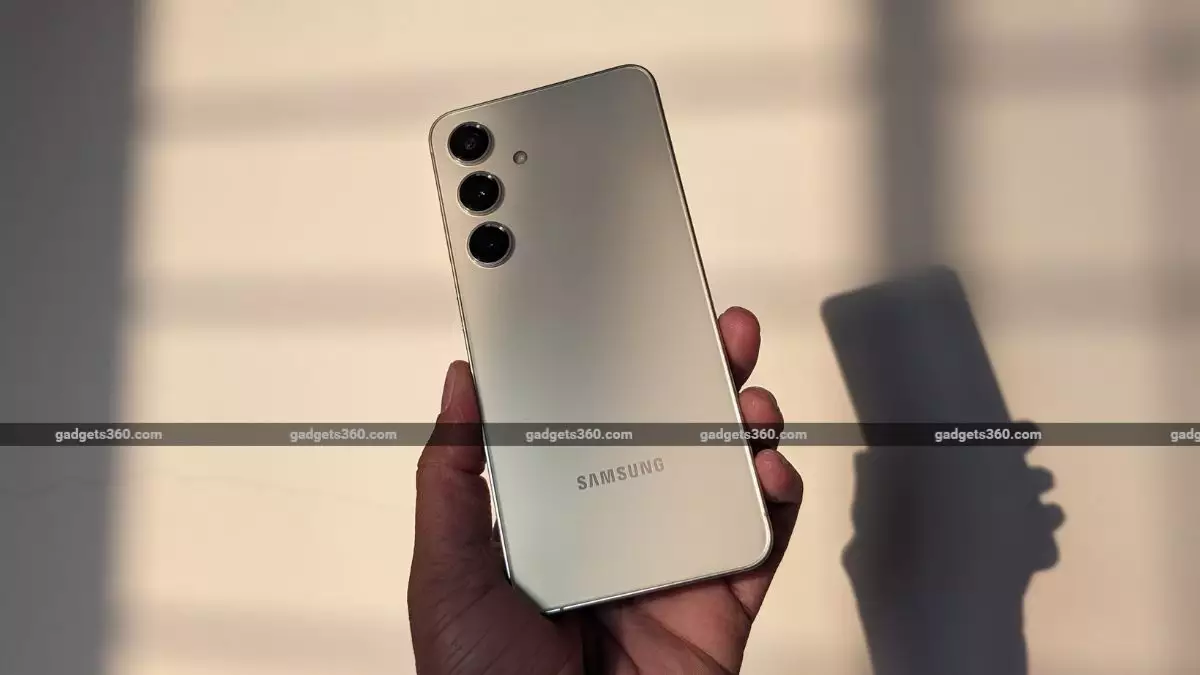As the smartphone industry continues to evolve, manufacturers are grappling with the trade-offs between aesthetics, functionality, and battery capacity. Recent reports suggest that Apple and Samsung are preparing to unveil slim variants of their flagship smartphones, the iPhone 17 Air and the Galaxy S25 Slim. This move marks a significant shift towards ultra-thin designs, prioritizing form factor over traditional battery sizes. As we delve into the details, it becomes clear that while thinner devices are appealing, they may come at a cost.
Specifications and Market Positioning
Information leaking from various sources indicates that both the iPhone 17 Air and Galaxy S25 Slim will launch with notably reduced battery capacities, expected to be in the 3,000–4,000 mAh range. For context, this figure sharpens the focus on how both companies are siding with style over substance. The pursuit of slimmer designs could lead to compromised battery life and efficiency. Apple plans to unveil its iPhone 17 Air in September, while Samsung will showcase its Galaxy S25 series imminently, although the slim variant might be pushed back to a later date.
Heat Dissipation and Performance Concerns
As evidenced by the information shared via the social media platform Weibo, these ultra-slim smartphones are not just inspirational designs; they are set to challenge existing standards of heat dissipation and performance. Thinness usually leads to limitations in internal space, which curtails the options for battery and cooling systems. The prospective thickness for these devices is reported to be between 5.xmm and 6.xmm. As such, how well they manage to keep cool under substantial workload remains an open question.
Interestingly, Chinese manufacturers are also joining the slim smartphone race with models featuring batteries around 5,000 mAh, leveraging advanced technologies like Silicon-Carbon. This raises the question of Apple and Samsung’s strategies amid emerging competition, especially since they have yet to implement such innovative battery solutions. Their decision not to adopt enhanced battery technologies may hinder their products’ performance compared to rivals with better energy density.
On the feature front, the iPhone 17 Air is rumored to adopt a 6.6-inch OLED display, integrating Apple’s Dynamic Island and a 120Hz ProMotion display. A single 48-megapixel rear camera is also anticipated, along with a 24-megapixel front camera. In contrast, the Galaxy S25 Slim is said to feature a 6.66-inch display with an impressive camera system, including a whopping 200-megapixel primary camera alongside dual additional cameras. The disparity in camera technology serves to highlight how competition in flagship devices is as much about software features as it is about hardware specifications.
While both the iPhone 17 Air and Galaxy S25 Slim exemplify the trend toward ultra-thin smartphones, this advancement raises pertinent questions about the sustainability of such designs. With battery life potentially compromised in favor of aesthetics, consumers must weigh the importance of thinness against their daily usability requirements. The outcome of this race for slimness could redefine consumer expectations and set new benchmarks for future devices. In an era where technology continues to streamline, it remains essential for manufacturers to find the right balance between elegance and functionality.


Leave a Reply